In this post, I have explored some of the different mental health disorders, their causes, treatments and how they can affect their victims.
The topics discussed below may be triggering for some readers, please progress with caution.
Introduction
Mental Health Disorders cause significant disturbances in thinking, emotional regulation and/or behaviors. Although when you are suffering it often feels you are alone, around ⅛ of the world’s population live with one of these issues.
There are many different types of mental health disorders, in fact there are over 200 classified forms of mental illness that can be arranged in to six main categories; Anxiety disorders, mood disorders, personality disorders, schizophrenia/psychotic disorders, dementia’s and eating disorders (With anxiety and depressive disorders being among the most common of all mental health illnesses.)

The term Mental health condition is an umbrella term used to describe; mental disorders, psycho-social disabilities, and other mental states associated with significant distress, impairment of functioning and risk of harm to yourself or others. Although there are many effective treatment and prevention plans out there, many people face stigmas, discrimination and violations of their human rights – causing a lack of want for help, therefore also causing a rapid decline in one’s mental health, and rise in cases.
However, the Covid-19 pandemic caused the whole world to fall into isolation, with many people feeling things they had never experienced before. This time caused a huge spike of those suffering with these disorders, including a shocking 26% rise in diagnosed anxiety disorders, and a 28% rise in diagnosed major depressive disorders, all within the space of one year. This has helped more people begin to understand how important it is to raise awareness, and support those in need.

Causes
Mental Health conditions often feel different for each person. Although when looking online you will find a generic symptoms and treatments list, these disorders tend to affect everyone completely differently. In the same case, there are many factors that may heighten your risk of these illnesses, and it is important to note, no two people struggle for the same reasons.
There are a diverse set of individual, family, community, and structural factors that may heighten or lower someone’s risk factors. However as previously mentioned what may heighten one person’s risk of illness, may lower someone else’s.
Furthermore, exposure to adverse circumstances such as disability, poverty, violence and inequality can significantly heighten one’s risk of developing a mental health condition. Psycho-social and biological factors such as emotional skills and genetics are also often considered when investigating someone’s mental health, as these conditions are believed to be caused by a change in brain structure, and/or function.

Health Systems and Social Support
Although many people struggle to reach out for support, due to the stigma around these conditions, there are many organizations and treatment plans available.
Social Support can be offered, to support those struggling with developing and maintaining family and social relationships. These schemes can also help fund, support or provide educational programs, employment, finance, housing and participation in other activities to help build vital social skills. These programs have been created to help those in desperate need, who often have no-one to turn to. Therefore, completing training or gaining employment can help to make these individuals feel they have a greater purpose, and also gives them the opportunity to turn their lives around, by meeting new people and maintaining valuable relationships.

Additionally, charities and organizations, such as the World Health Organisation (WHO), created a comprehensive mental health action plan to take place for the ten years between 2013 and 2023. After receiving shocking statistics, including information on mental health disorders and how they were affecting certain individuals, WHO recognised the ‘essential role of mental health in achieving better health for all people’. This plan included four major objectives; to strengthen effective leadership and governance for mental health causes, to provide comprehensive, integrated and responsive mental health services within community based settings, to implement strategies for promotion and prevention of mental health disorders and finally to strengthen information systems, evidence and research into mental health conditions.

Furthermore, there are many organizations, such as the NHS, and Mind, that provide detailed information on diagnosis, treatment and support options for all kinds of mental illnesses. Additionally, charities such as; Young minds, mental health UK, zero suicide alliance, together for mental well being, place 2 be, Rethink mental illness, and Samaritans , work to provide information, and support to those living with mental health conditions, as well as informing others how to help those around them who are struggling.



However, many health systems are still significantly under-resourced and/or under educated, causing a huge gap between the need for treatment, and its provision. Furthermore, even when care is delivered it is often of poor quality, leaving those suffering feeling hopeless. For example, only a shocking 29% of people with psychosis, and only 1⁄3 of those living with depression receive formal help, and that’s not to mention the many people who are repeatedly misdiagnosed. Therefore, although there are many organizations in place to help, many people receive poor treatment from one and therefore lose hope in all, and never reach out again, causing a toxic cycle of spikes in mental illnesses, related harm and even death.
Mental Health Conditions
Below I have created a list of Mental health Conditions that can be found on the NHS, and Mind websites. These web pages provide detailed information on the diagnosis, treatment and support that can be found for these illnesses.
Mind; Anger, Anxiety and panic attacks, Bipolar disorder, Body dysmorphic disorder, Borderline personality disorder, Depression, Dissociation and dissociative disorders, Eating problems, Hearing voices, Hoarding, Hypomania and mania, Loneliness, Obsessive compulsive disorder, Paranoia, Personality disorders, Phobias, Postnatal depression and perinatal health, Post traumatic stress disorder, Psychosis, Recreational drug and alcohol addictions, Schizoaffective disorder, Schizophrenia. Seasonal affective disorder, Self-esteem, Self-harm, Sleep problems, Suicidal thoughts, Tardive dyskinesia and Trauma.
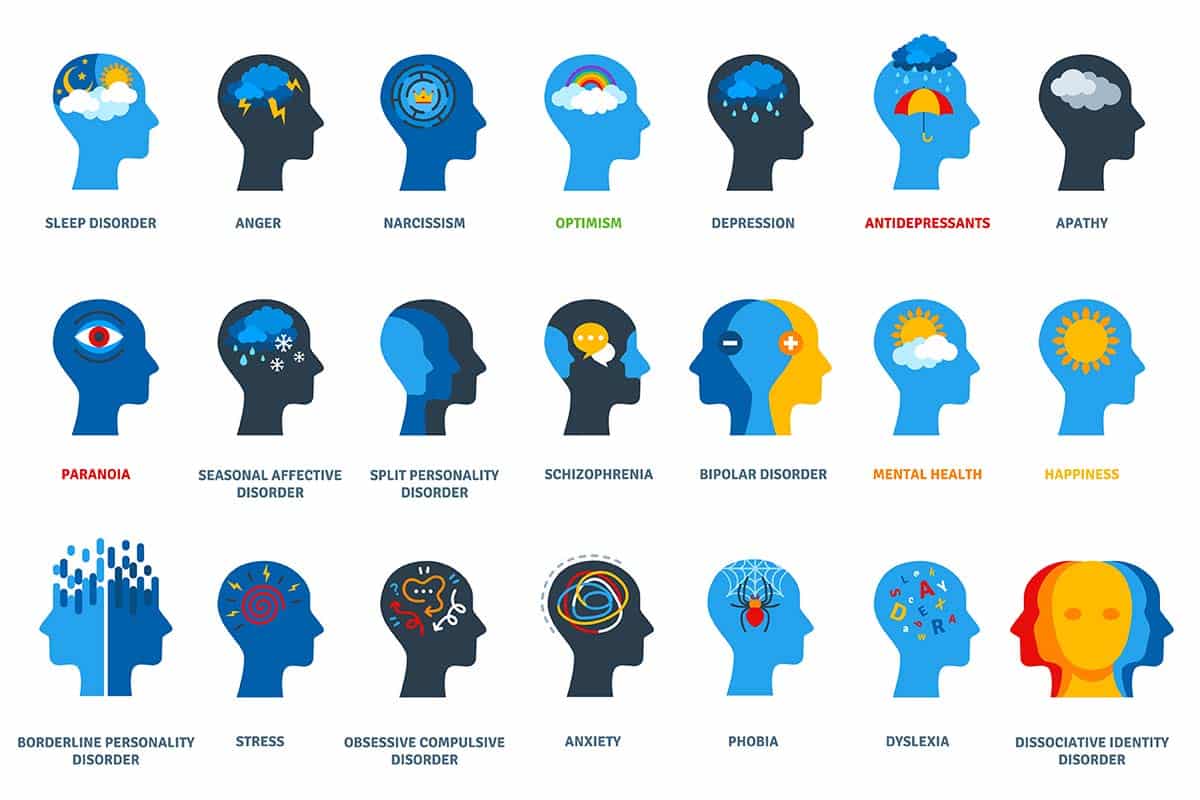
NHS; Agoraphobia, Anger, Anorexia nervosa, Antisocial personality disorder, Binge eating disorder, Bipolar disorder, Body dysmorphic disorder, Borderline personality disorder, Bulimia nervosa, Claustrophobia, Clinical depression, Dissociative disorders, Eating disorders, Fabricated or induced illness, General anxiety disorder, Health Anxiety, Hoarding disorder, Munchausen syndrome, Obsessive compulsive disorder, Panic disorder, Phobias, Postnatal depression, Postpartum psychosis, Psychotic depression, Schizophrenia, Seasonal affective disorder, Selective mutism, Skin picking disorder, Social anxiety disorder, Stress and Trichotillomania.
Common groupings
As mentioned in one of my previous posts. Mental health conditions will often be grouped. Below I have created a breakdown of two of the main groupings used to describe some common mental health disorders, to show how one umbrella term can be used to describe many different things.

The term Eating disorder can be used to describe conditions such as; Bulimia nervosa, Anorexia nervosa, Binge eating disorder, or Other specified feeding and eating disorders such as; Diabulima, Rumination disorder, Pica, and/or Avoidant restrictive food intake disorder.
The first mentioned, Bulimia nervosa, is a condition which causes its victim to live in constant fear of gaining weight. Those suffering with this disorder will often have regular, repeated episodes of feeling a loss of control, leading to binge eating an abnormally large amount in one sitting. Then, these people will likely force themselves to vomit, or complete an extreme amount of exercise to keep them from gaining weight from what they have just eaten.
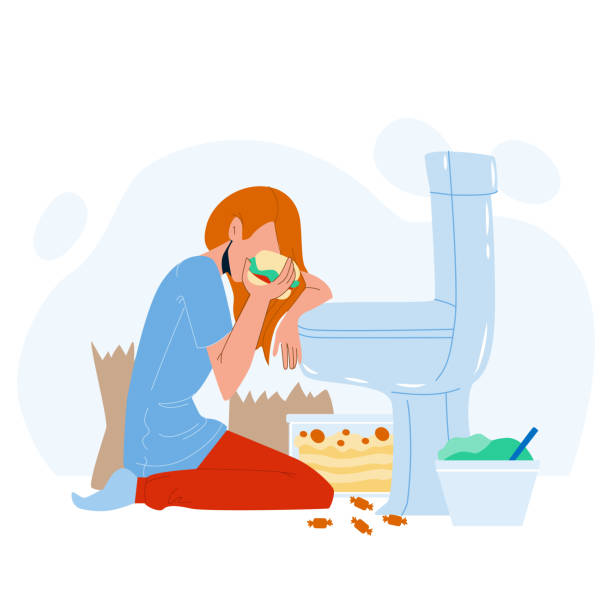
However, Anorexia nervosa is a condition which causes its victim to keep their weight as low as possible. This may be done by extreme restrictive food intake, extreme exercising routines, or purging after food through vomiting and/or use of laxatives. Although those suffering from this condition are often severely underweight, they often have distorted body images meaning they do not recognise this factor at all.
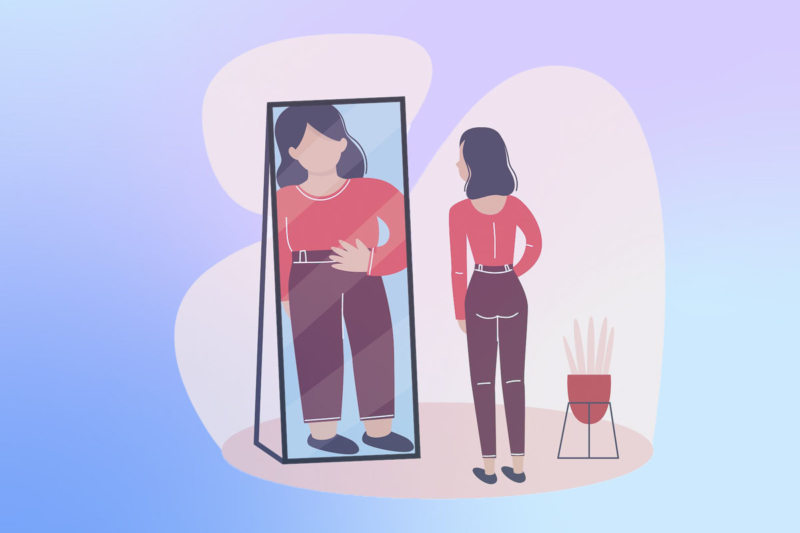
Binge eating disorder is a serious condition, causing its victims to feel a lack of control over their actions, leading to consumption of extremely large quantities of food within a short period of time. Unlike bulimia, these people do not tend to follow these sessions by purging their food, however may have periods of fasting in between. These sessions can be very distressing for the person as they may not even want to eat the amount they are, but feel a need to do so, in order to satisfy their brain.

Additionally, Diabulimia is a disorder which affects those with Type 1 diabetes. This disorder causes its victims to reduce or completely stop taking their insulin, in order to lose weight. As you can most likely gather this can be extremely dangerous.

Rumination disorder causes its victims to repeatedly bring up food that is only partially digested. Those who suffer from this condition often do not intend to regurgitate their food, it just happens – effortlessly and painlessly. This can also lead to episodes happening with little to no warning, which may be extremely embarrassing for the person suffering.
:max_bytes(150000):strip_icc()/What-Is-Rumination-Disorder-GettyImages-152405103-gif-2-c49936ff33c74d06a7120fe9597eed39.gif)
Furthermore, Pica is a disorder which causes its victims to eat non-food substances that have no nutritional value. These impulses may cause a person to eat objects such as; paper, soap, paint, or chalk to name a few. As you may already be considering, this can be extremely harmful.
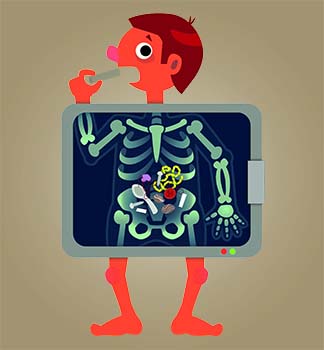
Finally, avoidant restrictive food intake disorder (ARFID), causes its victims to avoid certain types of foods, or restrict their overall food intake. This can be done in a healthy manner, when dieting for a range of different reasons. However, starting this habit as part of a health journey can often become an obsession, leading to a potentially more serious disorder.
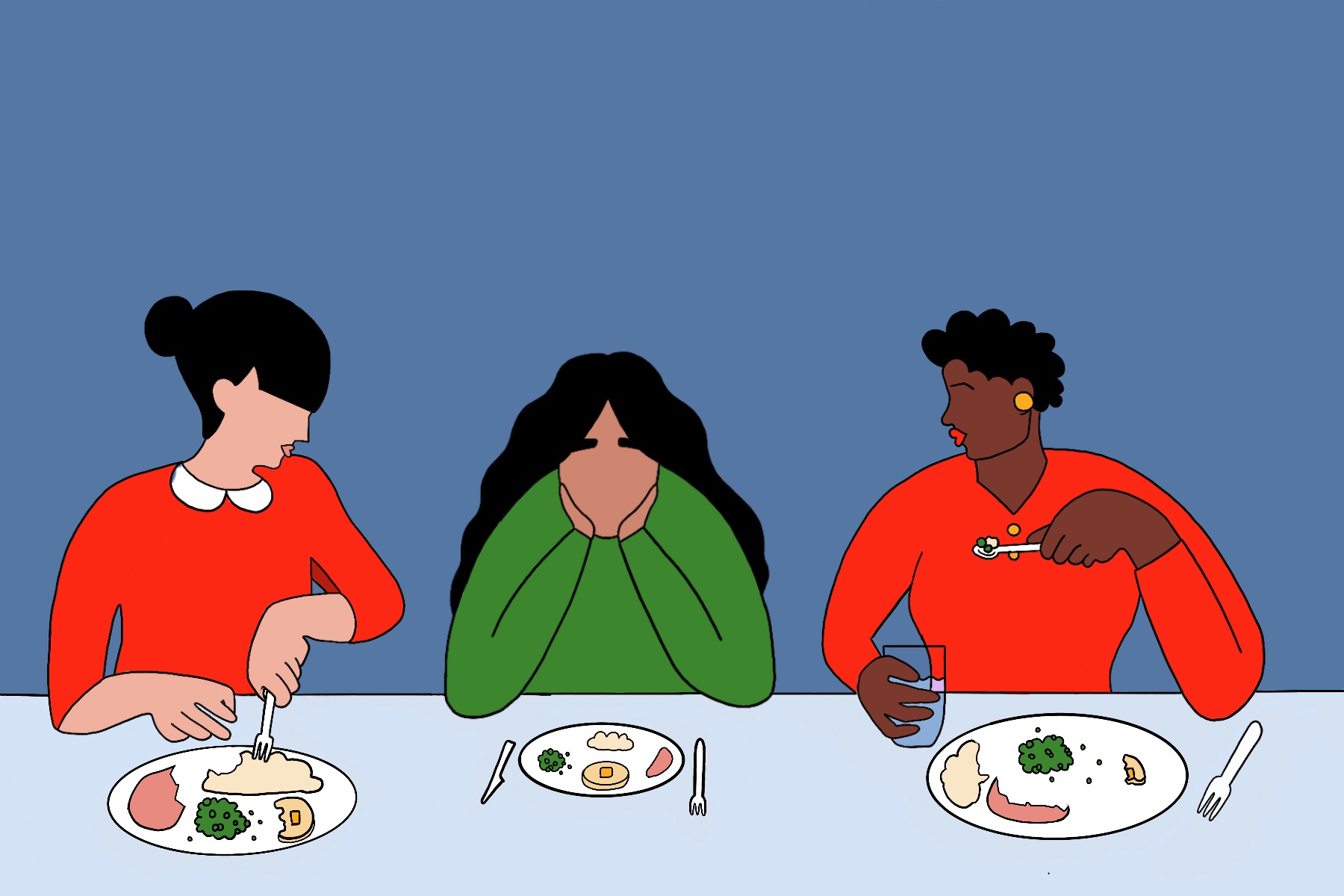
As detailed above you can now see a huge difference between some of the disorders that may fall under the same bracket term, ‘eating disorder’.
Similarly, the term Anxiety disorder can be used to describe conditions such as; Generalized anxiety disorder, Specific phobias, Social phobias, Post traumatic stress disorder, Obsessive Compulsive disorder and Panic disorders.
The first mentioned, Generalized anxiety disorder, is a condition which causes its victims to live with persistent feelings of anxiety or dread. Unlike many other anxiety disorders, as implied by the name, this anxiety is often generalized, meaning anything and everything within daily life may cause these overwhelming sensations, rather than just one, or multiple specific things. People living with this condition often develop these sensations slowly, however they can last for months, or even years at a time.
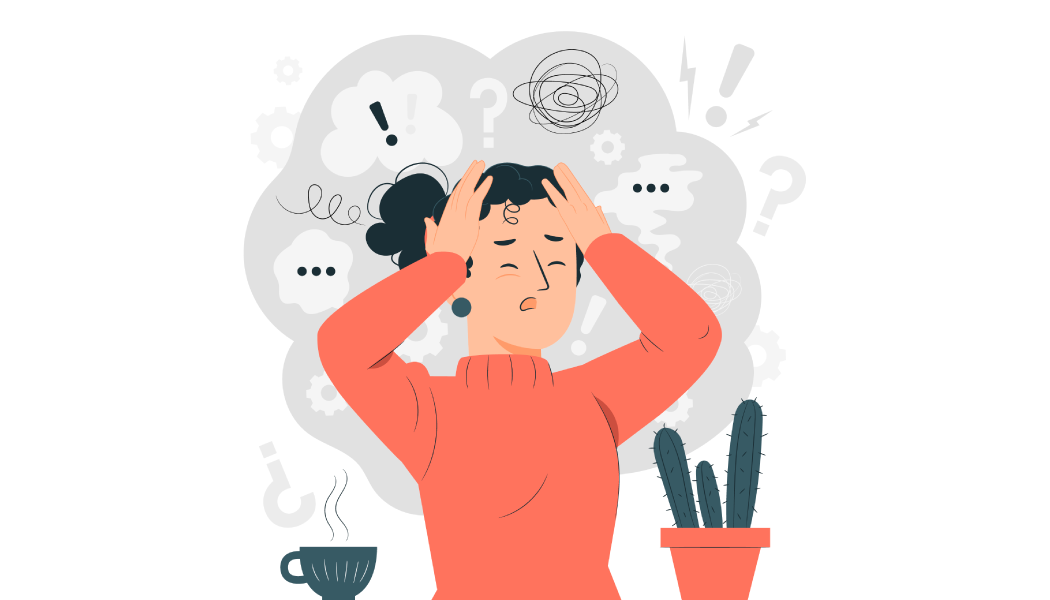
Furthermore, Specific phobias cause their victims to feel intense and/or irrational fears of something that poses little to no real danger. Even though the person may realize their fear is irrational, they can not seem to budge it, and can feel severe anxiety just thinking about a subject or situation which may include their phobia. As you can imagine this can be extremely confusing, and distressing to those who are struggling.

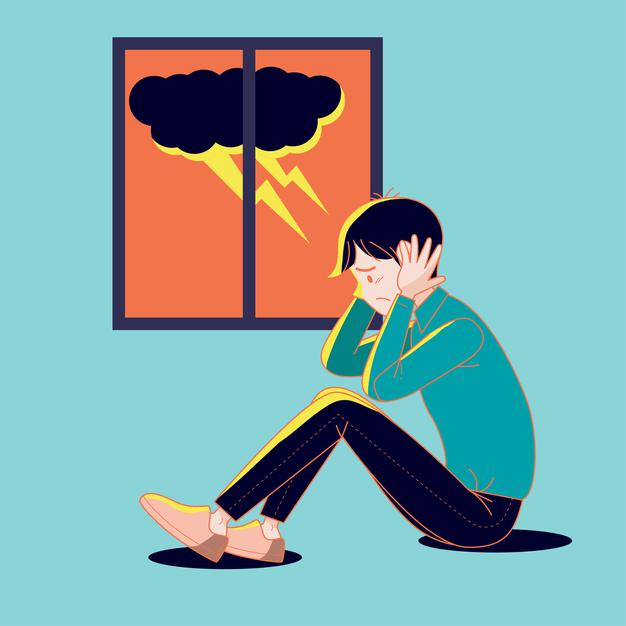
Social phobias, also known as social anxieties, cause their victims to feel intense feelings of anxiety and fear of social situations. Even the thought of speaking to people can cause immense distress, which may often also lead to the person dreading social and bonding events, avoiding eye contact with certain people and often will cause a low self esteem. This can also cause extreme complications when finding help, as if someone struggles to speak to new people, they are going to struggle to speak to a professional in order to receive adequate help.
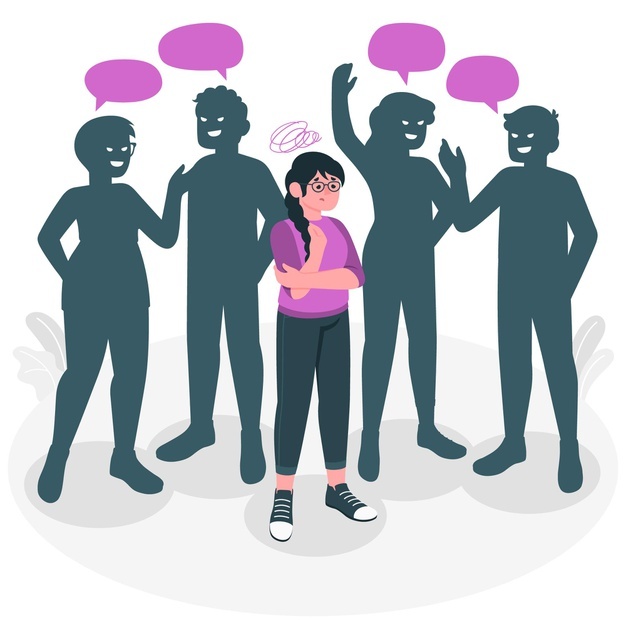
Next, Post traumatic stress disorder is a condition caused by very stressful, distressing or frightening events from the past. A victim of this disorder will often re-live their previous traumatic events through flashbacks and nightmares, leading to feelings of isolation, irritability and guilt. Situations such as near death experiences, deaths, abuse and attacks can be among some of the events that may cause this disorder. Many victims will begin to re-live these events after experiencing a trigger event, word or even smell. However some people have random periods of flare up. This can be very difficult as many victims of this disorder will try to avoid anything that may trigger these thoughts, which could lead to them isolating themselves completely.
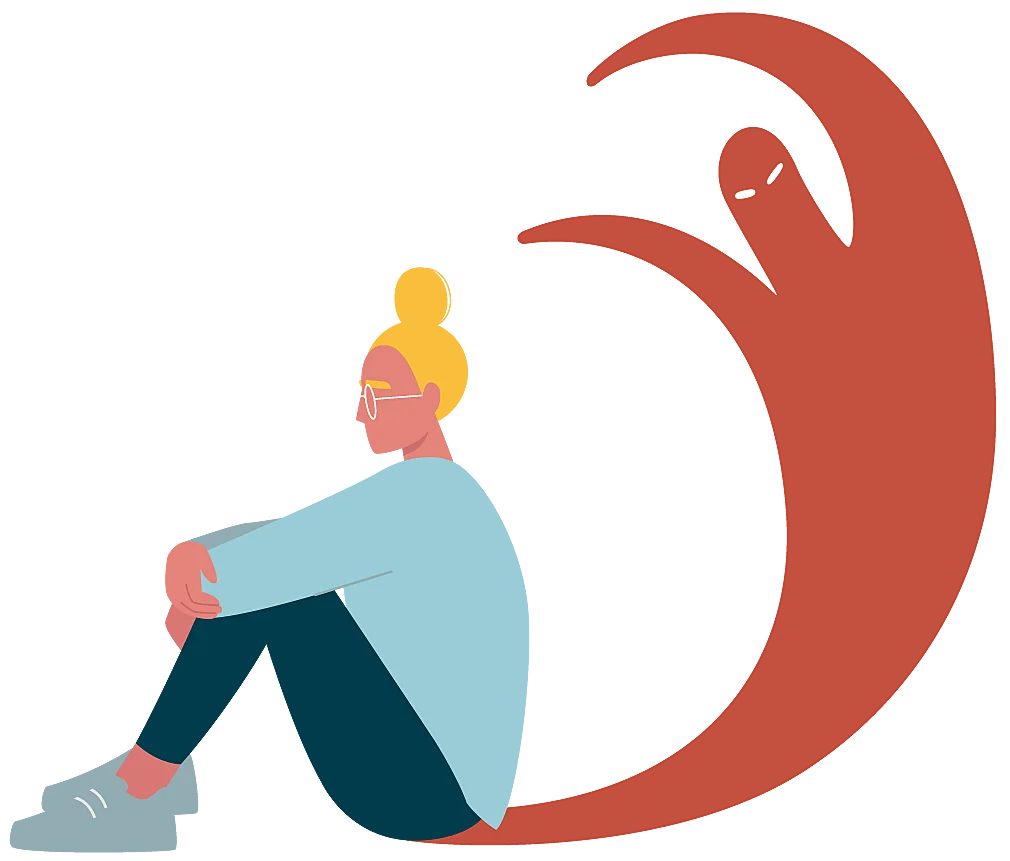
Furthermore, Obsessive compulsive disorder is a chronic disorder in which its victims have uncontrollable, reoccurring thoughts (obsessions) and behaviors (compulsions).Victims of this disorder are often stuck in a loop of repeating certain thoughts, actions or behaviors over and over again, causing extreme distress and anxiety, as well as an overwhelming feeling of loneliness and isolation.

Finally, Panic disorders cause their victims to suffer from regular panic attacks. Those suffering with these disorders are prone to feeling a sudden, recurring and overwhelming sense of anxiety causing sudden panic attacks in a range of unconnected situations and scenarios.
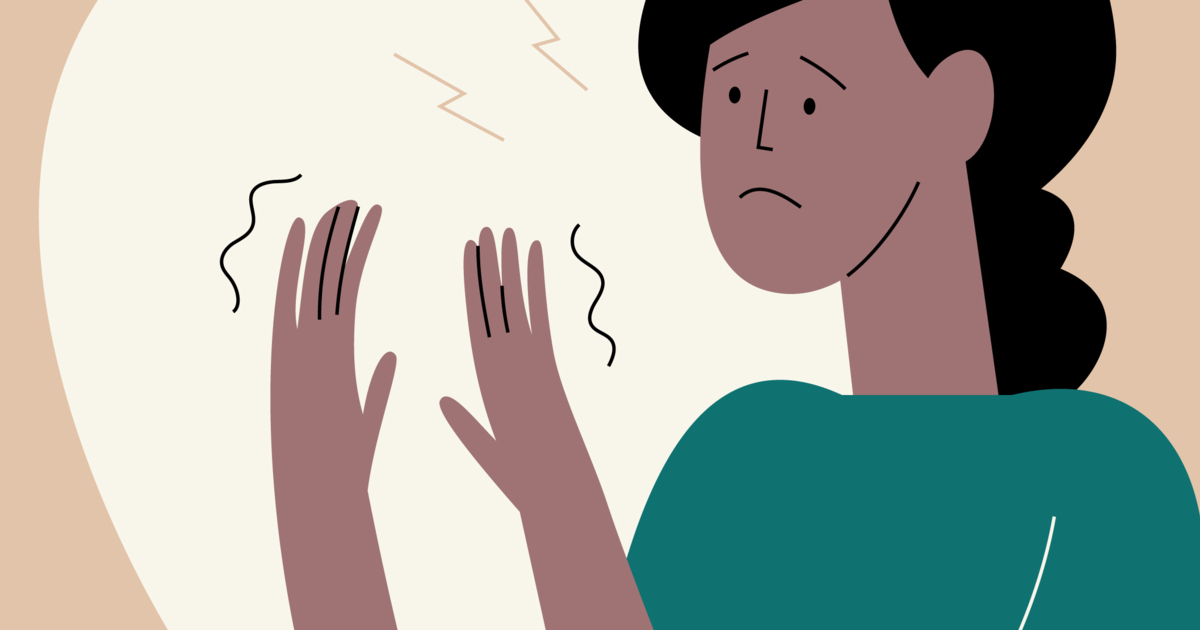
Once again, this list helps to show a clear difference between certain disorders that may fall under the same bracket term.
